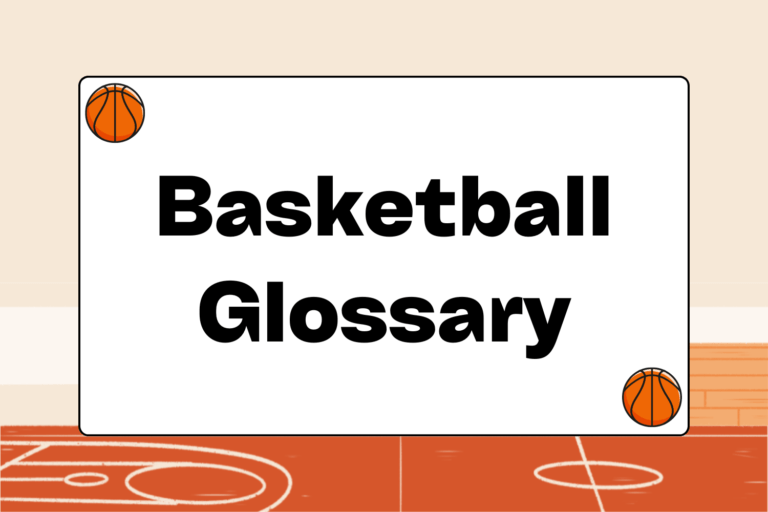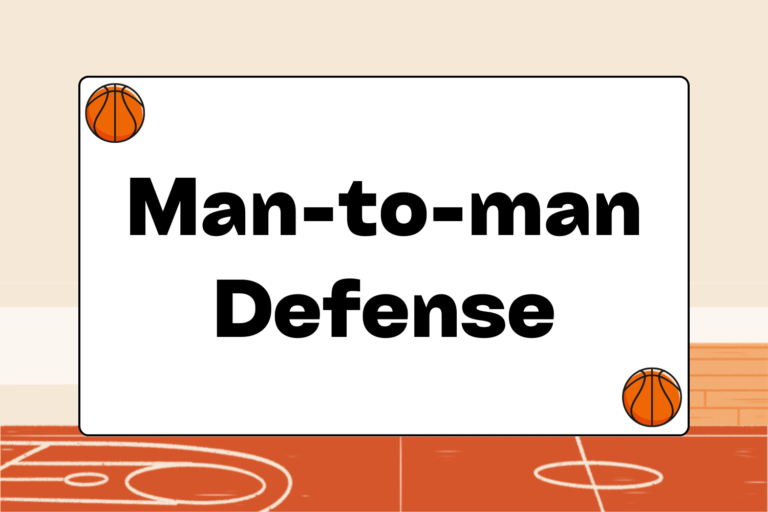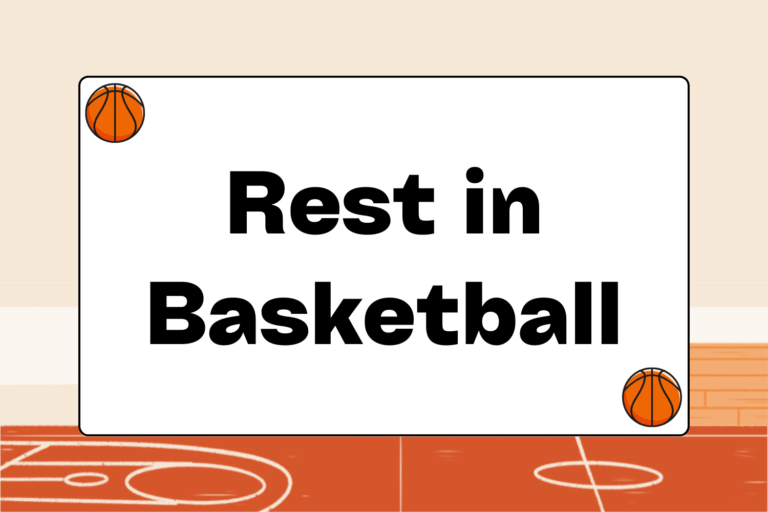Different basketball players train in different ways, and the best workout programs emphasize what works for you. However, every player can benefit from finding a regular training partner. If you’re a beginning player looking to improve, it’s a good idea to link up with a partner. Teammates, friends, coaches, and parents can all fill this void.
Training Partner Benefits
A training partner increases the intensity, efficiency, and overall safety of your workout. A partner can rebound during shooting drills, provide a spot during weight training, time you, or run with you during conditioning drills.
Partners also provide a good measuring stick during one-on-one games and defensive drills. Just as importantly, a good training partner can keep you motivated during the tedium of drills, practice, and shootarounds.
A workout buddy provides instant competition, which pushes you to try your hardest and play your best. They also provide encouragement, support, and positive reinforcement, while teaching you the value of working with others. Ultimately, basketball is a team sport. While it’s fun to practice and train alone, finding a way to practice with a partner helps develop the rapport and camaraderie necessary for success on the court.
Mental Edge
Many of the top professional players train together during the offseason. Typically, guards work together on shooting and conditioning drills, while post players work on rebounding and offensive one-on-one moves.
Make a Schedule & Set Goals
Training partners help you establish a schedule and stick to it. Figure out the skill sets you both want to work on, and focus on drills and routines that help you develop these abilities. Vary your training routine by emphasizing different drills each day. Your partner will help you maintain your program through the plateaus that inevitably come up during training.
It’s also imperative that you and your training partner come up with a list of goals. Goals help you gauge the success of your training, and they give you a yardstick to shoot for. When creating goals, always be sure to:
- Talk about them with your partner: Figure out what’s important for each of you to work on, and be sure to avoid getting sidetracked.
- Write them down: Writing your goals down makes them easier to follow. After writing them down, keep a copy in your locker or somewhere nearby so that it’s impossible to forget about your objectives.
- Make them progressive: For example, if your initial goal is to hit seven three-pointers in a row, make your next goal 10, and then your next goal 15.
- Be willing to revise them: Adjust your goals when you achieve them based on the work you and partner put in. Always make sure they’re realistic, and be willing to change them if it turns out that they aren’t.
One-on-One Drills
It’s definitely possible to become a stronger, more skilled, and better conditioned player with individual drills. However, two-man drills can do the same in shorter periods of time, while incorporating competition and keeping the game fun. One-on-one drills and games are a great way to quickly get consistent reps and develop skill. They also let you compete against your training partner which, after all, is the essence of the game.
Five Spots, Five Shots, 90 seconds
Partners alternate as the shooter, while the other man rebounds and times him. At “go,” the offensive player shoots five consecutive shots, starting at the wing and moving to the elbow, top of the key, opposite elbow, and opposite wing. The shooter must get off all 25 shots within a minute and a half, and the rebounder must hustle and snap off passes to help. Compete to see who makes the most shots and move out beyond the three-point line to make it harder for both players.
Rebounds & Fakes
Begin with an offensive player behind the three-point line and the defensive player lightly checking him. The offensive player fakes a shot, takes one hard dribble left or right, and then shoots. He then sprints after his own rebound and passes to the defender, who now becomes the offensive player. The rebounder closes out quickly on the offensive player, who fakes a shot, takes a hard dribble left or right, and shoots a jumper. Take turns and keep score. Alternate your dribble left and right before shooting.
One-on-one Chairs Drill
“It’s not the will to win that matters, everyone has that. It’s the will to prepare to win that matters.”
Paul “Bear” Bryant
Legendary NCAA Football Coach
Set up two chairs next to each other on one side of the court, between the coach’s box and half-court line. Stand next to your partner along the baseline facing the two chairs on that side of the court, with the outside man holding the ball. On “go,” both of you sprint to the chair and around it. The man with the ball must maintain the dribble.
Once you’ve both rounded the chair, the dribbler becomes the offensive player and attacks the goal along the original baseline. The man without the ball is the defensive player. Place a five-second limit on the offensive player to get off a shot to keep the drill fast-paced, and play until someone makes 10 shots.
Determination & Drive
In the end, your training program will say as much as anything about your preparation to play in games. If you’ve put the work in to train properly and work on the parts of your game that need improvement, you’ll be as ready as possible to compete. It’s more fun and much easier to prepare when you have a partner to keep you focused, help you improve, and compete against. If you work hard, play hard, and compete with a friend, you’ll be a leg up on the competition.





